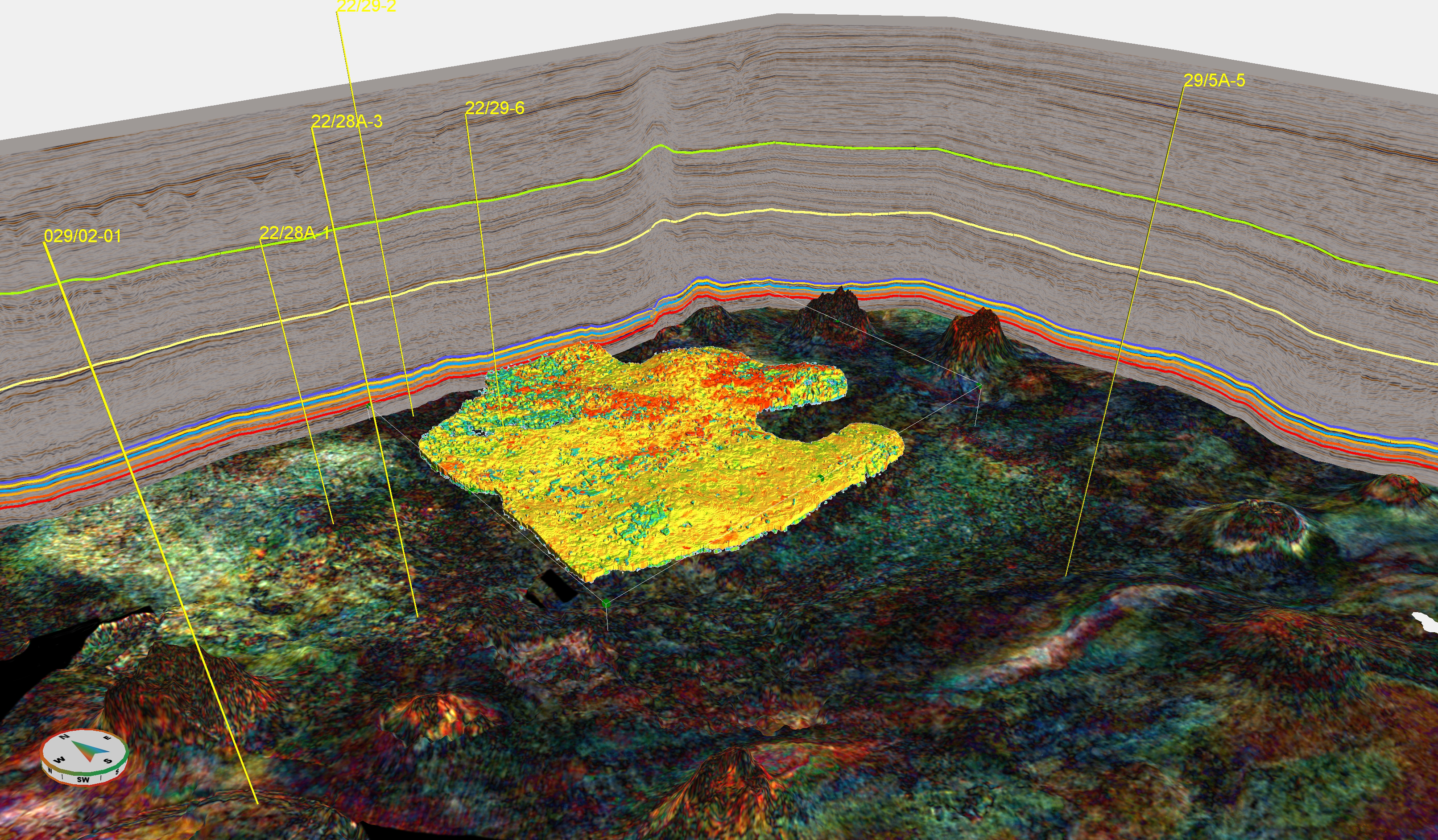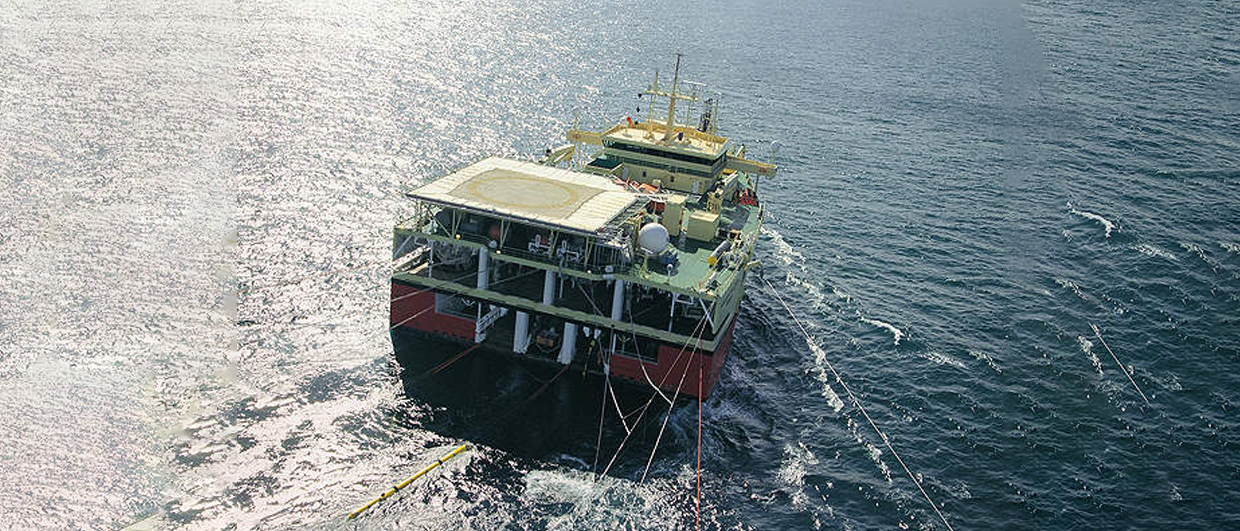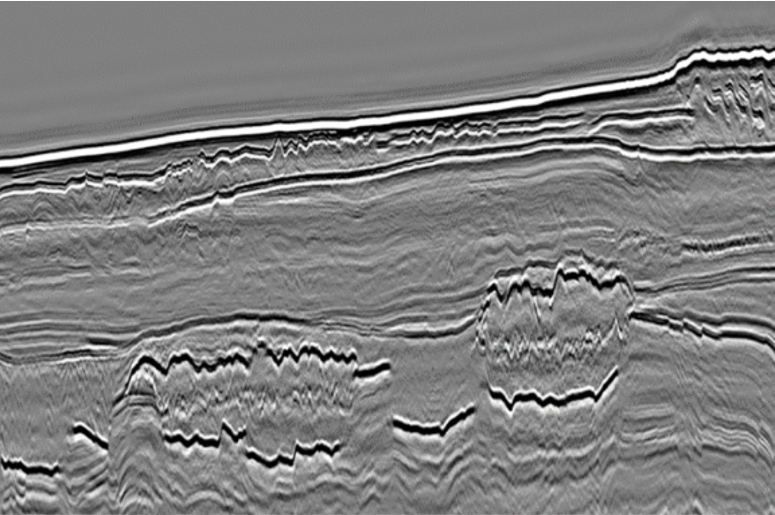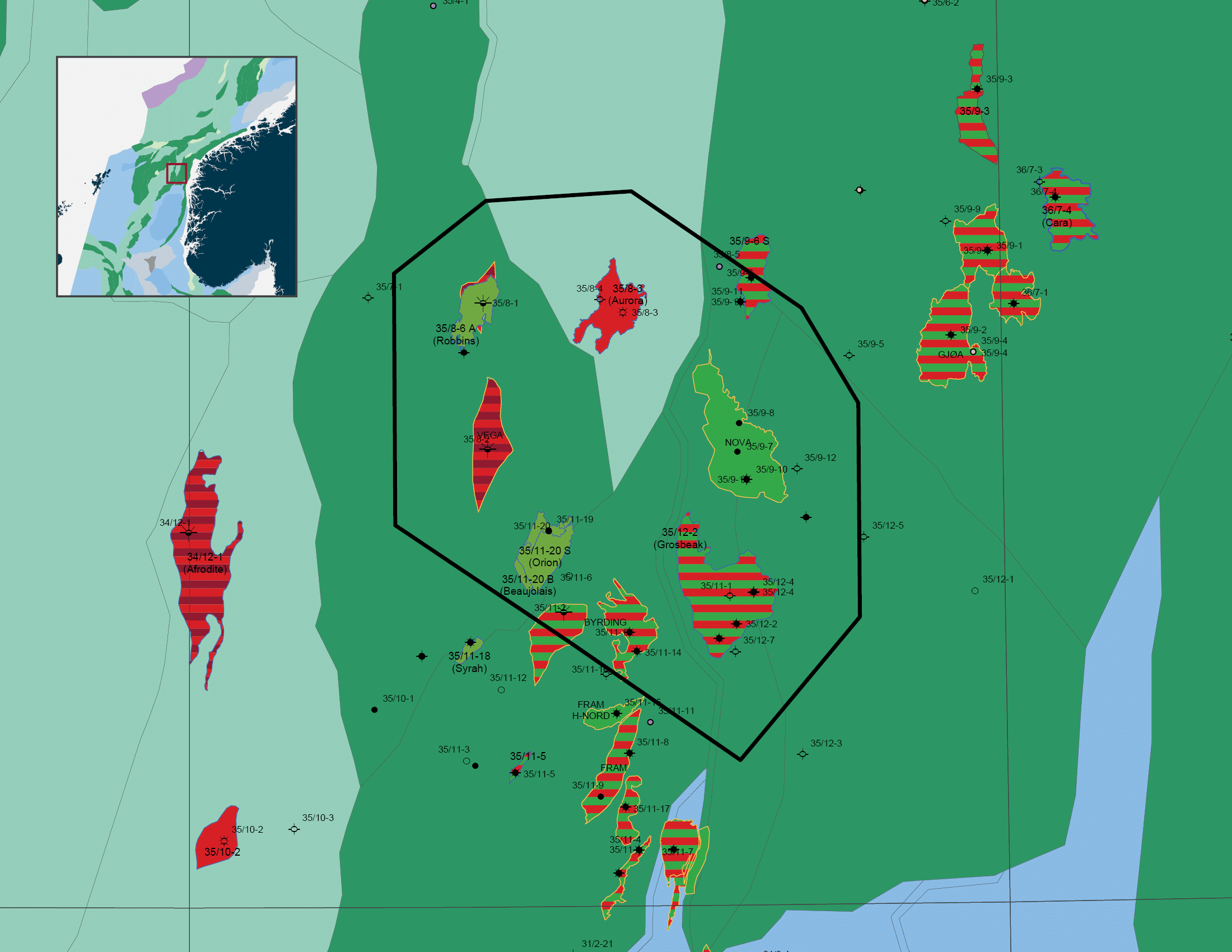As always, conferences are great places to gauge the state of play of the industry. Yesterday, I talked to several people with good insight into the seismic acquisition business at SPE’s Seismic Conference in Aberdeen, which resulted in some interesting insights when combining this with some earlier observations.
First of all, I spoke to Gregor Meikle from RPS. Based in Edinburgh, he is involved in helping manage seismic acquisition campaigns across the globe when it comes to navigation, monitoring currents and making sure that vessels do not interfere with other marine traffic. In doing so, he has a good insight into the level of activity when it comes to seismic survey acquisition.
Gregor said that the levels of activity have certainly picked up recently. “It is a sign of buoyant oil prices,” he said. 4D surveys form an important part of the surveys RPS manages. It is a reflection of the state of the industry – rather than finding new fields there is an important focus on managing the production from existing assets. “There may be an element of exploration in some surveys,” said Gregor, “especially in Brazil, but even there it is mostly centered around existing fields.”
Multiclient surveys are also getting more popular according to Gregor, but these are also focused on mature basins where production is taking place for a long time.
So, even though activity is ramping up when it comes to seismic acquisition, it does not mean that there is an increase in frontier-focused surveying.
This observation also corresponds to what Ian Longley from GIS-Pax recently showed at the Seapex Conference in Singapore. He made clear that 85% of the newly found oil and gas is coming from existing hubs and basins, leaving only 15% to areas where no previous activity took place. In other words, companies are focusing on areas where oil has been proven already.
Javier Martin from Shearwater confirmed this when I spoke to him at Seapex. He added that the Persian Gulf is carpeted with nodes at the moment in a drive to explore deeper parts of the stratigraphy in areas where oil and gas was previously been found.
Jon Nicholls from PGS added an interesting take to this perspective. “In the light of the energy transition and the pressure on companies to move away from oil and gas, why would a company start a frontier exploration campaign, knowing that it may easily take 25 years to reach first oil?” Jon mentions a field in West Africa that was discovered around 20 years ago and is only now nearing first oil.
“If we are supposed to turn around the energy mix from 80% fossil fuels and 20% renewables now to 20% fossil fuels and 80% clean energy as we approach 2050, it is not difficult to see that the exploration strategy of the majors is not geared towards frontier exploration”, he said.
Reflecting on these conversations, it is tempting to conclude that the investment strategies of major oil companies are in fact more aligned with the path to Net Zero than some may believe. Let’s hope that this is all panning out and that renewables can indeed take over from fossil fuels at this rate. Looking at the current demand there are not too many signs of demand coming down.





